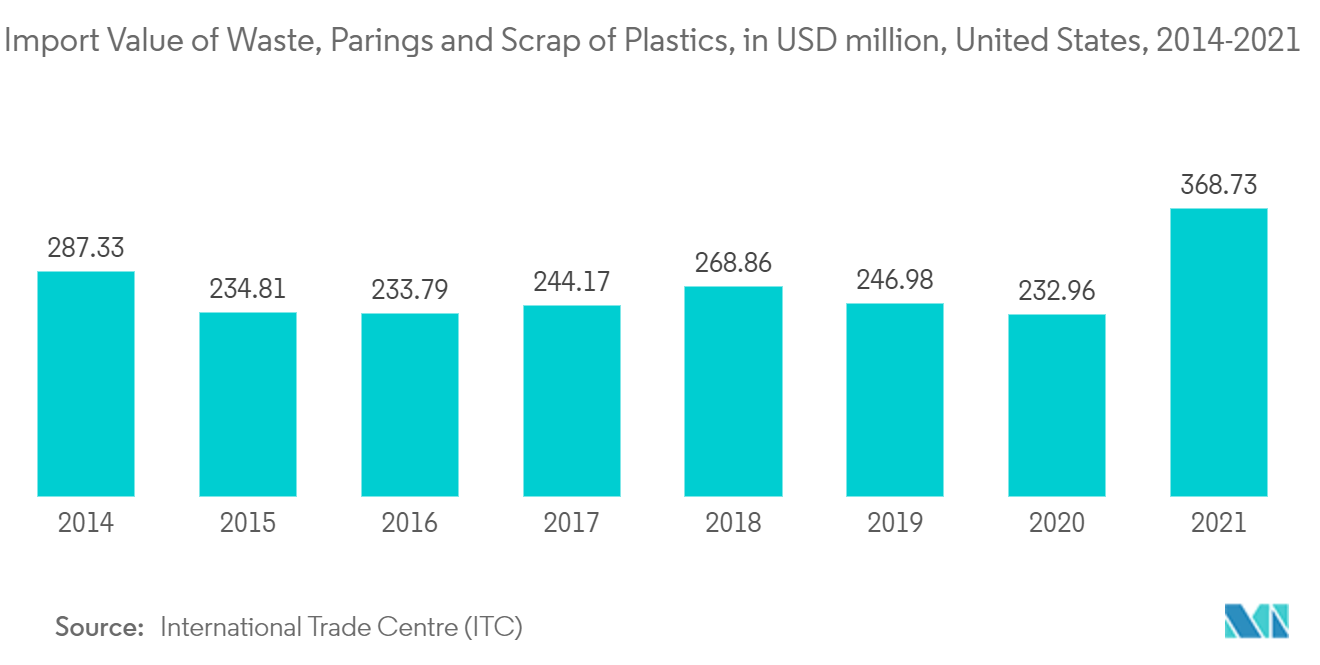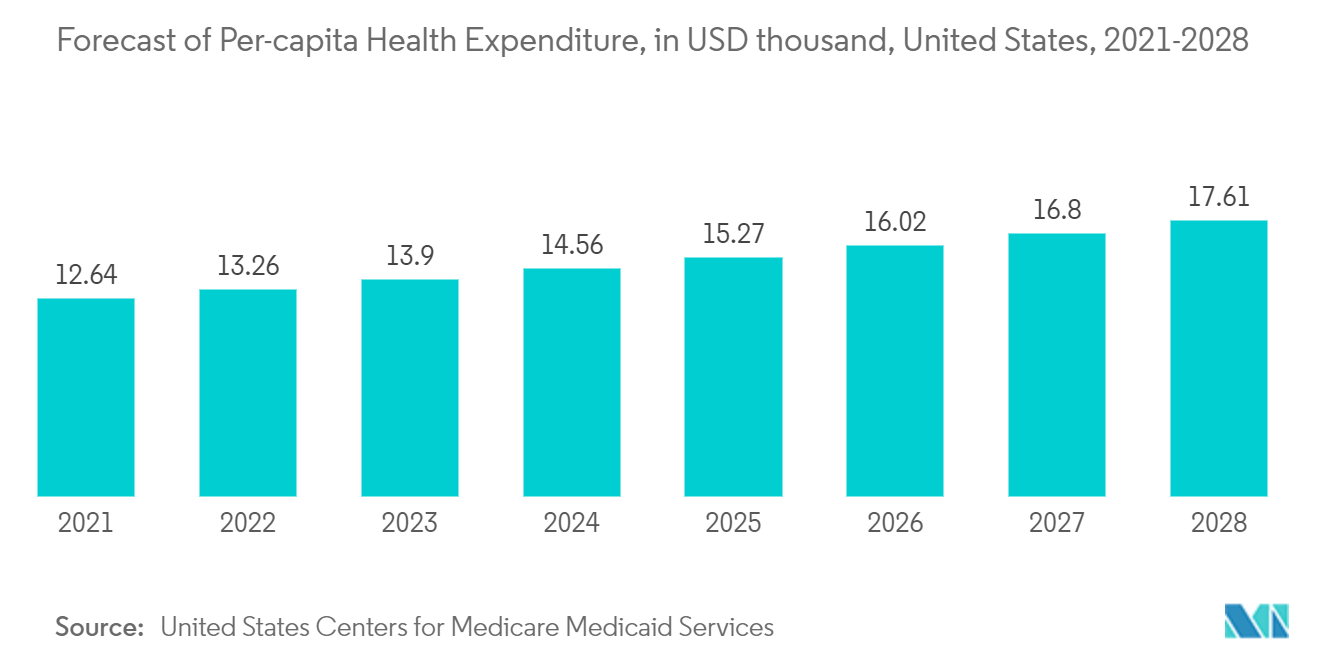Market Trends of US Single Use Packaging Industry
Flexible Single-use Plastic Packaging Products Offering Increased Convenience and Utility
- According to Biologicaldiversity.org, American citizens use 100 billion plastic bags annually, which require 12 million barrels (1907.85 million liters) of oil to manufacture. Americans use an average of 365 plastic bags per person per year. People in Denmark use an average of four plastic bags per year.
- Moreover, the spread of coronavirus has temporarily increased the adoption of single-use plastic due to its barrier properties. The primary users are restaurants, grocery stores, and e-commerce vendors. Grocery stores have sharply increased plastic bag usage. Households are generating up to 50% more waste by volume than pre-pandemic, indicating increased demand. Still, as soon as the state achieves near-normal scenarios, the pre-covid established regulations to ban single-use plastics are expected to subside the circulation of these packaging materials.
- In comparing single-use packaging to reusable tableware in quick-service restaurants (QSR), single-use systems have their advantages, particularly in carbon emissions and freshwater consumption. These are due to the energy and water needed to wash, sanitize, and dry multi-use tableware. In the baseline scenario, the polypropylene-based multi-use system generated over 2.5 times more CO2 emissions and used 3.6 times the amount of freshwater than the paper-based single-use system.
- As a result, the market for single-use plastics might sustain if the vendors in the market introduce packaging with higher recycling rates or include materials that help in decomposition. The above concerns have led to the entry of new players in the market that are introducing bio-based single-use plastic products.
- According to the ITC, in 2021, the value of imports of plastic waste and scrap amounted to around USD 368.729 million, a 58.28% growth in imports from the previous year, indicating the demand for an increase in the transformation of plastic debris to single-use plastic.

Healthcare and Pharmaceutical Segment to Witness Significant Growth Rates
- The growing usage of single-use packaging, plastic-based packaging materials, and the increasing demand for medical products and packaging amid the pandemic has significantly spiked plastic waste generation worldwide. One primary need was disposing plastic-based parts of the coronavirus testing kits employing RT-PCR for hygienic concerns.
- Although single-use plastics are increasingly banned worldwide, concerns of cross-contamination by reusing plastic bags and containers have forced countries like the United States to temporarily revoke or defer bans on single-use plastics during the COVID-19 pandemic. Further, a statewide ban on plastic bags in New York initiated in March 2020 was put on hold in May 2020 owing to the pandemic. California and Oregon also suspended their bans on plastic bags, while Connecticut, Delaware, Hawaii, New Jersey, New Mexico, Oregon, Washington, etc., postponed similar prohibitions.
- The majority of PPEs are made up of polymers like polyurethane (PU), polypropylene (PP), polycarbonate (PC), low-density polyethylene (LDPE), and polyvinyl chloride (PVC). PS and LDPE are rarely recycled plastics; PET and HDPE are widely recycled, while PVC and PP are often not recycled.
- An effective material is needed to meet the vast healthcare needs best while considering its influence on the environment. However, maintaining the degree of sterility and sanitation necessary for protecting patients and employees while identifying appropriate and reasonably priced alternatives to plastic is difficult. The growing population puts extra strain on the ability to provide medical supplies on a large scale and on time. Thus, it is anticipated that single-use plastics will continue contributing significant shares in the healthcare sector.
- According to the CMS, national health expenditure per capita is expected to exceed USD 17,000 in 2028. The increase in the health expenditure values may drive the market by necessitating the adoption of sterilizing products increasing the number of single-use packaging companies to witness significant growth in the pharmaceutical sector.

